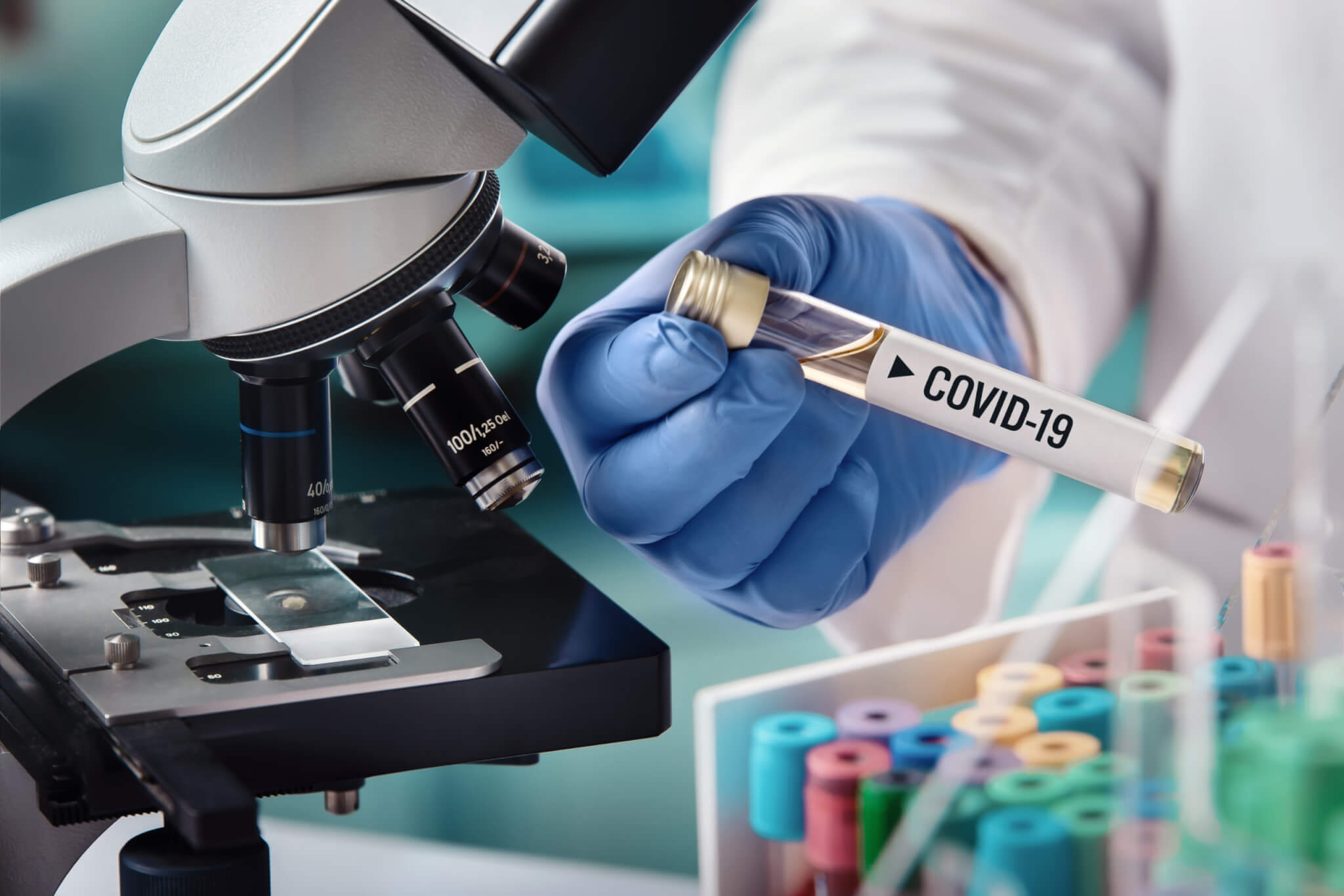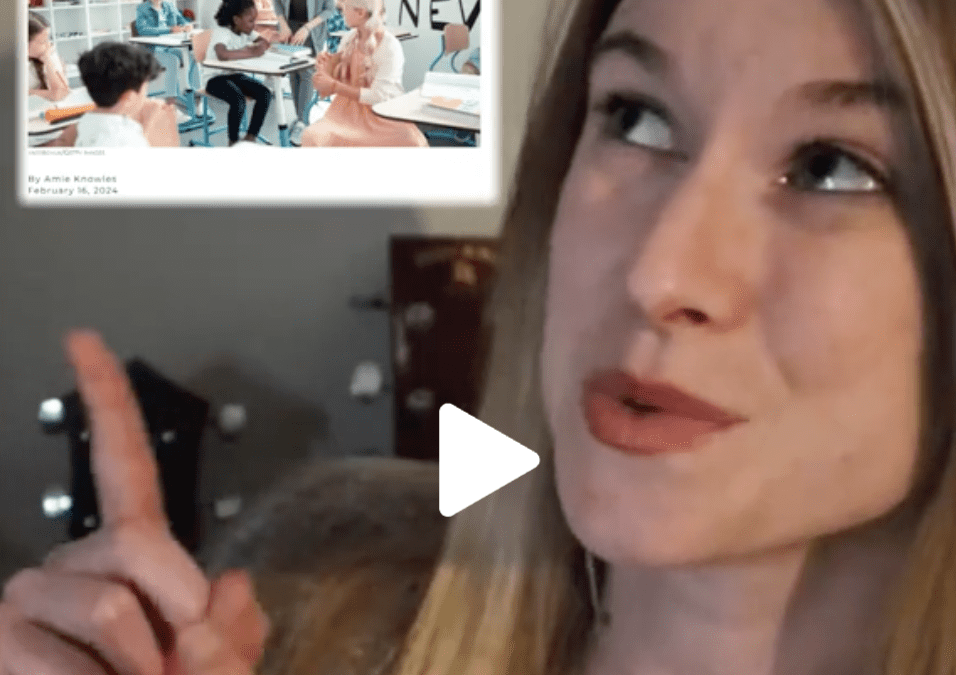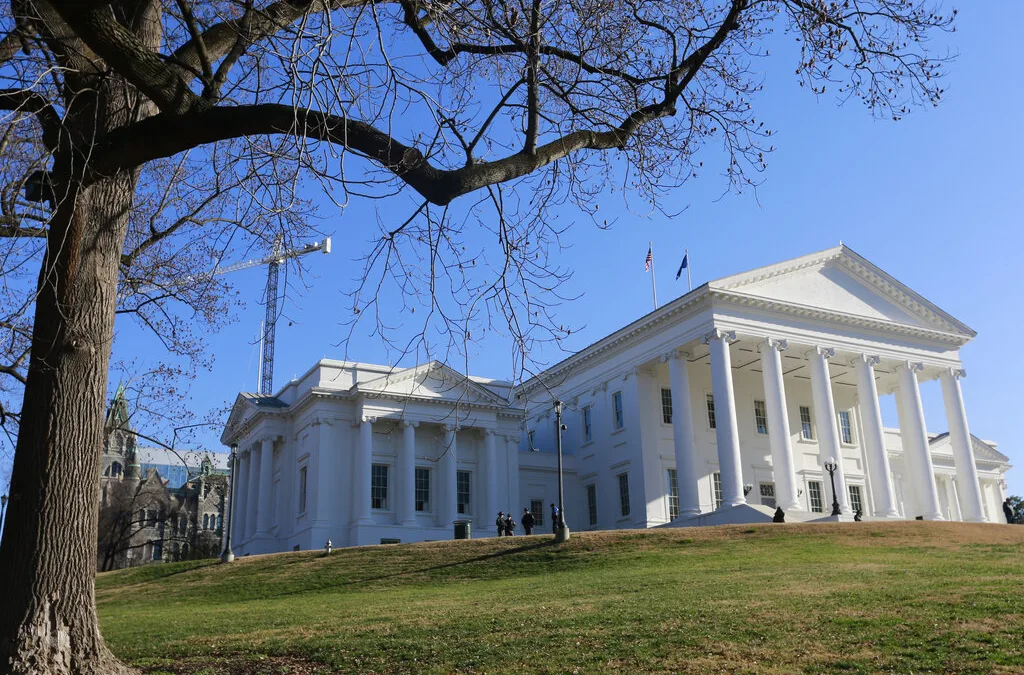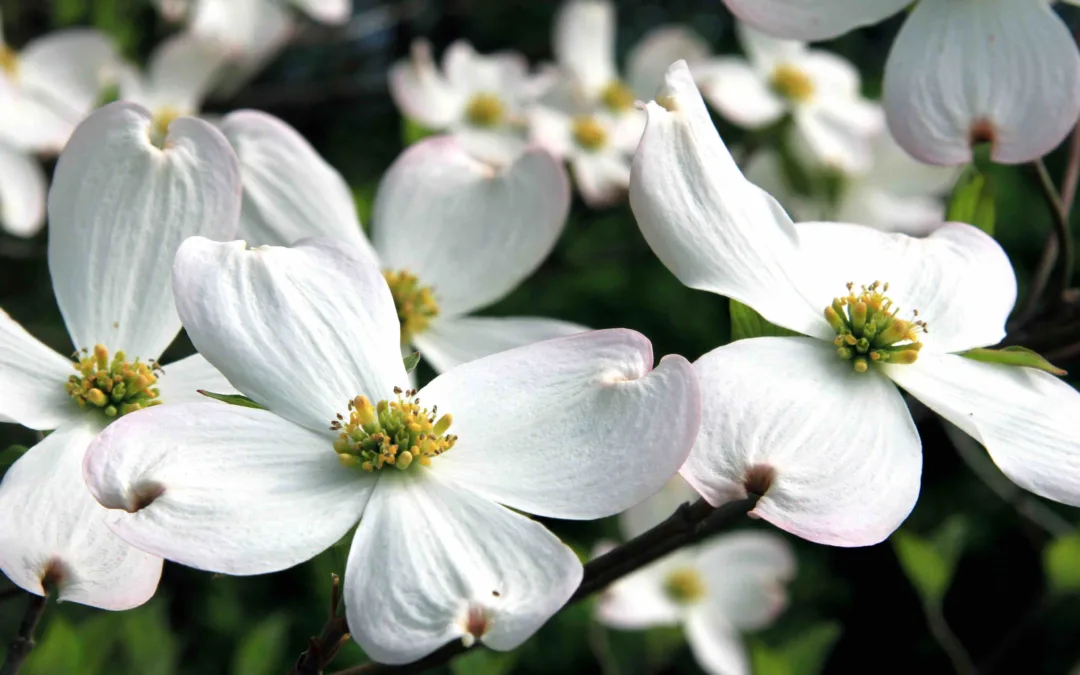
A college competition led several William & Mary students to discover a probiotic-based treatment for viruses.
WILLIAMSBURG- This year, the college of William and Mary will be competing alongside 250 other schools worldwide for a chance to win a prize called “The World Cup of Science”. The International Genetically Engineered Machine, or iGEM, is a competition where young synthetic biologists create their own projects that solve the world’s problems.
William and Mary has been competing in iGEM for seven years in a row. But the coronavirus pandemic presented new challenges for this year’s team. Instead of letting the pandemic hold them back, it’s inspired them to tackle this health crisis head on. Together, these 10 students designed a treatment that could revolutionize the way that viruses are treated.
“Before the pandemic, we actually considered a wide variety of projects completely unrelated to antiviral therapies. We were looking into things like artificial meats,” said the team’s co-captain Julia Urban. “We just wanted to address a really global urgent challenge. And when we saw the toll of coronavirus around the world, we realized that there was no more pressing issue than that.”
Julia Urban, who’s participated in iGEM for three years now, will be graduating this semester. And her final year participatin has been an unorthodox one. But the team is using it as an opportunity to tackle this complex concept.
“We really took advantage of the situation and came up with something really ambitious and conceptual,” said Urban. “And what we did was design a nasal probiotic that would produce an antiviral effect in order to suppress viral infection and to regulate inflammation.”
A New Way to Approach COVID
While the creation of a vaccine for COVID-19 is critical, the William and Mary team focused on an equally important part in the pandemic fight- therapeutics.
When most people hear the word “probiotic”, they think of “good bacteria” in yogurt. But there’s more to probiotics than helping your digestion. This nasal probiotic acts as a preventative measure for not only COVID-19 but any viral infection.
But, how does this treatment work? Basically, the team selected specific genes in the bacteria that would produce an anti-viral effect. After they found those genes, they used complex, mathematical methods to figure out the parameters where this probiotic design is feasible.
“If the model shows that it is feasible and we optimize it and find the parameters under which it will work the best,” said Urban. “And if it
And that’s what we did this year, we identified the parameters that we would have to work with to make this design probiotic feasible.”
But the really unique part of their design? It’s “smart”. And by smart, it doesn’t mean “intelligent”. By smart, it means that they’ve designed the probiotic to respond to different levels of inflammation and infection. This is something that other drugs ,like Remdesivir and Dexamethasone, aren’t doing. And this feature could be really helpful in managing COVID-19 in particular.
“We designed the nasal probiotic to be a prophylactic treatment, meaning we give it to someone who’s not already sick. What’s really cool is that we designed this probiotic to be “smart”,” said Urban. “And what we mean by smart is that it’s able to respond to different degrees of inflammation and different stages of infection. So if you think of other drugs that are currently available to treat Sars-COV-2, none of them are able to respond to different levels of inflammation. “
RELATED: UVA Researchers Need COVID-19 Trial Volunteers
Why This Is a ‘Smart’ Approach
One of the biggest aspects of COVID-19 is an abundance of pro-inflammatory cytokines, or small proteins that promote inflammation. Too many of these, often called a cytokine storm, can create tissue damage and increase the patient’s chances of dying. But all inflammation isn’t bad. In fact, inflammation is needed for the healing process for many viruses, including COVID-19. So there’s an amount of inflammation that has to stick around if the person wants to get better.
With this therapy, the smart drug adjusts to the necessary amount of inflammation to make sure the person heals. It does this by producing fatty acids. These fatty acids, called lipids, play a huge role in controlling the body’s response to infections. A lot of other treatments currently rely on suppressing pro-inflammatory proteins, instead of focusing on the lipids.
“Our project this year explores the future of therapeutics. We have designed a probiotic that can sense the amount of inflammation in the nasal cavity and respond by producing antiviral fatty acids,” the team’s other co-captain Beteel Abu-ageel said. “This concept of ‘sense and respond’ therapeutics could be transformative for the medical field.”
Right now, these other drugs cannot tell the difference between varying degrees of inflammation. Ultimately, the goal is to regulate the person’s inflammation while preventing the viral infection from turning into a more serious illness.
“If you think of other drugs are available for treatment, like for SARS-CoV-2, none of them are able to respond to different levels of inflammation,” said Urban. “They’re all kind of one size fits all. And we see that as a serious disadvantage. People respond so differently to viral infections. A person’s inflammation can change dramatically over the course of their infection.”
Even better, this method could potentially prevent other viruses that haven’t even emerged yet.
“If the next pandemic comes along, we have a kind of preparedness and that’s where the prophylactic part comes in,” she said. “If we have something to give people prior to anyone being infected you can prepare for a virus and prevent it from spreading so widely.”
Planning a Project in a Pandemic
Coming to this conclusion didn’t happen overnight. The group worked on this for months and the pandemic didn’t make it any easier.
On top of all the research, each team creates an entire website from scratch, showcasing their findings in a narrow window of time. They also have to plan a presentation and a poster to show the judges. The iGEM competition demands a lot from students. Most teams have to use a combination of computer science, math and engineering all at once.
But, now the team had to figure out how do all this remotely. Since the campus closed in the spring, their entire group is scattered across the globe, with some in separate parts of Virginia and three of them in China. With such a huge time difference, the William & Mary team is only able to meet in the morning or night. They’ve met virtually as often as 15 times a week.
“It has definitely been one of the more challenging seasons with just the communication. You send someone an email and they’re timezones away and you’re wondering when they’re going to get it and when they’ll respond,” said Urban. “We’ve had some strict deadlines for iGEM and that’s been stressful with everyone in a different place.”
RELATED: How Do You Stop COVID-19 From Spreading? Carlisle Has an App.
No Lab, No Problem
However, one of their biggest challenges was not having access to a lab to test experiments. But the team saw this as an opportunity to showcase their literature review and modeling skills.
“Without lab access, we obviously couldn’t do any experiments,” said Urban. “But we really took advantage of this opportunity. This is actually my third year on William and Mary’s iGEM team, second time as co-captain and compared to previous years we have done so much more in terms of the literature, reading hundreds of papers because we didn’t have lab access.”
For the project, the team interviewed numerous medical experts through Zoom and over the phone.
“We initially tried to find EMTs in the area. But, most of the experts who were interested in having that dialogue with us were were medical doctors who’re also doing research,” she said. “[I looked] up recently published articles and we actually managed to reach out to people internationally.”
They even found a former iGEM contestant in their search. Urban found her on LinkedIn after searching for a probiotics specialist.
“Our probiotic expert had also competed in iGEM,” she said. “So I reached out to her online and I believe she’s in the UK.”
Down to the Wire
After each gathers their research, they must build their own website, nicknamed their “wiki”, to present to the judges. There’s an infamous deadline in the iGEM called “wiki freeze”, where each team has to submit all of their research on their website. Once that midnight deadline passes, they can’t add anything else. The most recent wiki freeze deadline was Oct. 27 at 12 a.m. ET. And building and coding a website from separate remote locations is just as stressful as it sounds.
“So every year it’s crazy intense and stressful. But this year was even different than last year. Typically, we’ll be in the same room with each other until the very last second. If you need any help, you can turn to the person next to you and ask,” said Urban. “This year it was the same deadline and the same stakes but we were all in different places. So there were lots of zooms that day. And lots of emails.”
Now the team will be judged against other research projects from across the world at a virtual conference called the iGEM Jamboree. If they win, they’ll bring home a prize that’s been dubbed “The World Cup of Science”. Previously, a William and Mary team won in 2015 and were first-runners up in 2017.
But for the William and Mary team, it’s more than just the prize. It’s about putting their skills to the test and creating a solution to an important issue. Urban hopes that the judges can acknowledge the amount of hard work that their team has poured into this project. As this is her last competition, Urban has experienced a swarm of different emotions. But the one she feels the most is pride in her team for accomplishing such a tremendous feat.
“I’m really proud of everyone for pushing through this and making it work despite all the challenges and changes,” said Urban. “Things are so different this year and I’m proud that we were able to adapt to that and pursue such an ambition project.”
Arianna Coghill is a content producer with the Dogwood. You can reach her at [email protected]

VIDEO: Your support matters!
Your support matters! Donate today. @vadogwoodnews Your support matters! Visit our link in bio to donate today. #virginianews #virginia #community...

Op-Ed: Virginia’s new Democratic majorities pass key bills to improve your lives, but will Youngkin sign them?
The 2024 Virginia General Assembly regular session has wrapped up. It was a peculiar session from the outset, with Democratic majorities in the...

Op-Ed: Why Virginia Needs A Constitutional Amendment Protecting Reproductive Freedom
Virginia’s recent election season in 2023 drew in eyes from all over the country. Reproductive freedom was on the line and Virginia remained the...

From the state rock to the state flower, here’s how Virginia got its symbols
Have you ever wondered why the Dogwood is the state flower? Or how the cardinal became the state bird? We’re here to answer those questions and more...

VIDEO: Second-gentleman Douglas Emhoff gives speech on reproductive freedom
Second gentleman, Douglas Emhoff touched on reproductive freedom not only being a woman's issue but "an everyone's issue" during the Biden-Harris...

Glenn Youngkin and the terrible, horrible, no good, very bad night
Election Day 2023 has come and gone, and while there are votes to be counted, one thing is perfectly clear: Virginians unequivocally rejected Gov....




